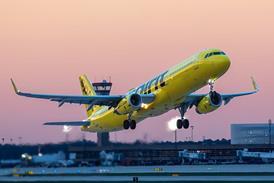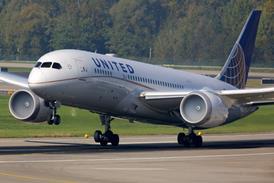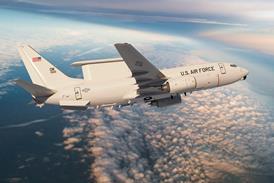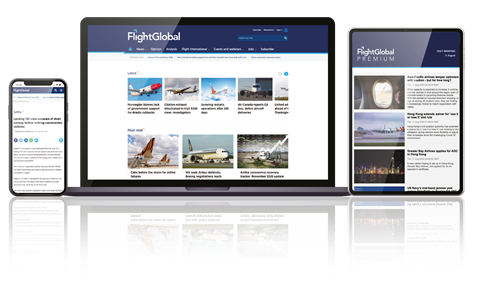British Midland has remained profitable since 1990 with modest profits of £1-1.5 million. We have had one loss in the last seven or eight years and that was deliberate in a sense, in that we expanded into the London-Paris route. We have started reorganising the regional airlines group last year - Loganair was the first part of this - and there have been some exceptional costs in doing that. These will appear, hopefully for the last time, in 1994.
The group results for 1994 will be at best break even, because we have significant losses in both regional airlines - Loganair was not restructured until July 1994 and Manx Airlines Europe will be taking on the British Airways franchise early in 1995. So both those groupings will make losses in 1994, and this will offset the British Midland profit.
The profitability can be attributed to three other things. First, three years ago we started a strategy of codesharing and commercial agreements with other major airlines in the world - 1994 is our second season and we have begun to see the first real fruits of our labours. That has shown dramatic increases in our offline business. This is a small proportion of our business - about 11 per cent of total revenue - but currently it is growing in excess of 25 per cent per annum. We have a target by 1997 to make that go from 11 per cent to 15 per cent, and to achieve that we need to achieve growths of the order of 25 per cent compound per annum.
Second, we followed British Airways' lead in their World Offer campaign, where they have been making very attractive offers to the public to use up surplus capacity. We have found ourselves that has worked very successfully, although we have different names for it. We have seen large volume increases. A lot of it was at very low fares, but with yield control we have been able to get a very good balance.
Finally, despite there being a lot of cheap fares around, we had concerns about the yield declines that were continuing and the industry has put some price increases in place, which I have to say were badly needed. We feel the product needs to be priced a little higher given the range of fares available.
Airlines of Britain has been operating in two regional arenas where the possibilities of making returns are very, very small. The routes are thin, and in Loganair's case we were competing directly with BA and there isn't enough cake for two people. There is a possibility in Scotland that both parties are better off and the consumer is not in any way disadvantaged.
The Manx Airlines Europe decision was slightly different. We were aware that British Airways was going to take a decision to have a franchise partner at Manchester. We were looking at someone else turning up to compete with us on a BA franchise, or we could negotiate the franchise ourselves. Again, there isn't enough cake to go round and we are in this business to make money.
No one should be under any illusions that there are any gold mines in any of these scenarios. These are very, very difficult areas of the airline business to make any money whatsoever, and we would be very happy if they would pay modest profitability in the years ahead.
I hope that we will have two or three more alliances in the spring, to bring us up to 15. We have Cathay Pacific in the pipeline - that will be signed in January. TAP and Canadian are in the wings, and we are talking to the Japanese carriers and South Africa.
Heathrow and say there will be modest capacity increase. We'll get maybe one slot a year, but expectations are not very high. So how do we move forward? In a strategic sense we are examining three strands.
But one thing that could have quite a big impact on the slot portfolio is how much capacity will be needed in the Paris and Brussels markets given the impact of Eurostar. I would be very surprised if three years from now we were flying 13 times a day to Paris and eight times a day to Brussels. Some of those slots will be released back into the slot portfolio.
The first strand is that we continue going down the same route, and we add what can loosely be described as the European capital cities.
The second strand is that we look at the strategy of going for secondary destinations within countries we currently operate. For example in France, Lyons, Marseilles, Toulouse, Bordeaux. These are less competitive but clearly offer less of a return.
The third strand is to look at other destinations. These could be outside Europe or in eastern Europe. They require smaller numbers of slots but potentially within the bilateral context could give some potential for the company. In timing terms that is the furthest away, because you are talking about medium or long haul flying, whereas we are very much a specialist in the short-haul market at the moment.
We will be considering these options for the next six to nine months, as the situation of the short-haul Brussels and Paris routes emerges, so watch this space, as they say.
We do have some questions at the moment, because we do not know what SAS' posture in the industry is going to be. We are extremely interested in their future strategic direction to see whether that is going to add value to the British Midland business.
We do have some questions at the moment, because we do not know what SAS' posture in the industry is going to be. We are extremely interested in their future strategic direction to see whether that is going to add value to the British Midland business.
Source: Airline Business


























